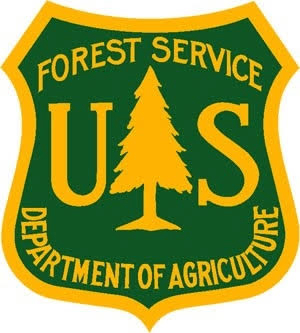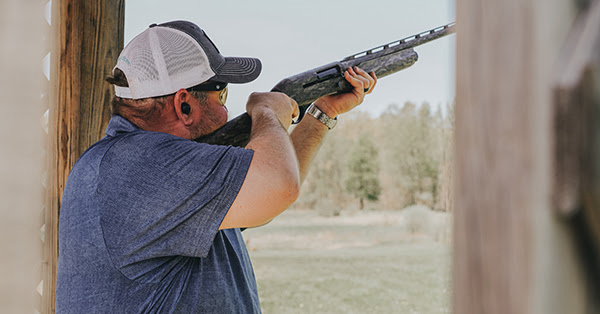The U.S. Department of Agriculture’s Forest Service has published a report that provides a snapshot of current U.S. forest and rangeland conditions and projects conditions 50 years into the future. The Resources Planning Act Assessment report uses a mixture of scientific, climate and economic projections to identify drivers of change, resources and trends across all land ownerships, as well as summarize probable outcomes for nature-based economies.
The Resources Planning Act Assessment is published every decade with mid-decade updates and can be used to inform policies, management decisions and research efforts. Resources covered include forests, rangelands, urban forests, forest products, carbon, fish and wildlife, biodiversity, outdoor recreation, water, and the effects of socioeconomic and climate change. The Forest Service uses the assessment and other tools, to help inform efforts like land management plans, which set the long-term management direction and guidance for each national forest and grassland.
“This assessment provides a critical window into the risks facing our forests, rangelands, and communities across the U.S. now and into the future. Socioeconomic changes and the effects of a changing climate are leading to shifts in disturbances, including wildfires, that strain our natural resources and leads to increasing challenges for land managers and owners,” said Forest Service Chief Randy Moore. “Projections made years ago are now proving accurate, with forests in many states, particularly in the Intermountain West, slowly becoming net emitters of carbon. The Forest Service, boosted by extraordinary investments and grounded in the type of sound science this assessment provides, is working to tackle these issues through such efforts as implementing the wildfire crisis strategy, increasing reforestation, and working across ownership boundaries. This requires a national all-in effort today to mitigate the projected issues of tomorrow and in the future.” Read more










